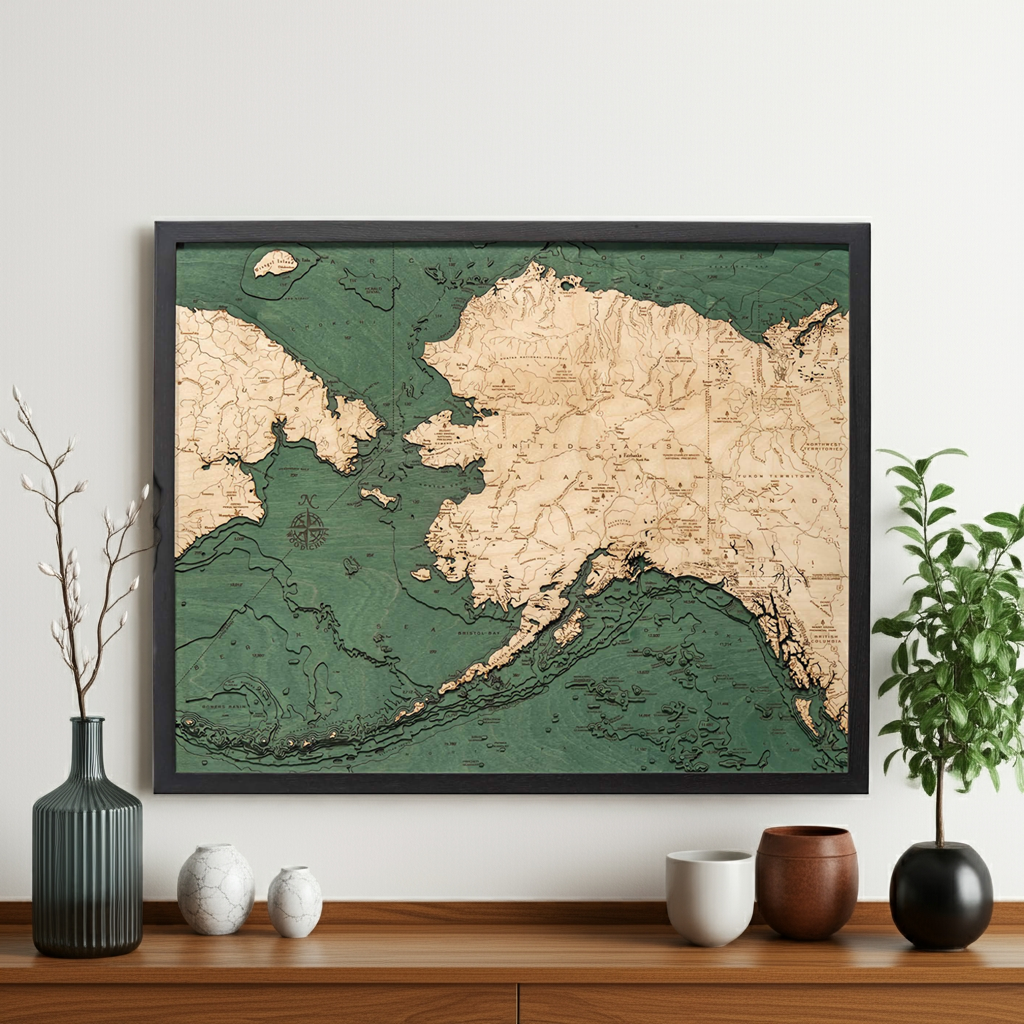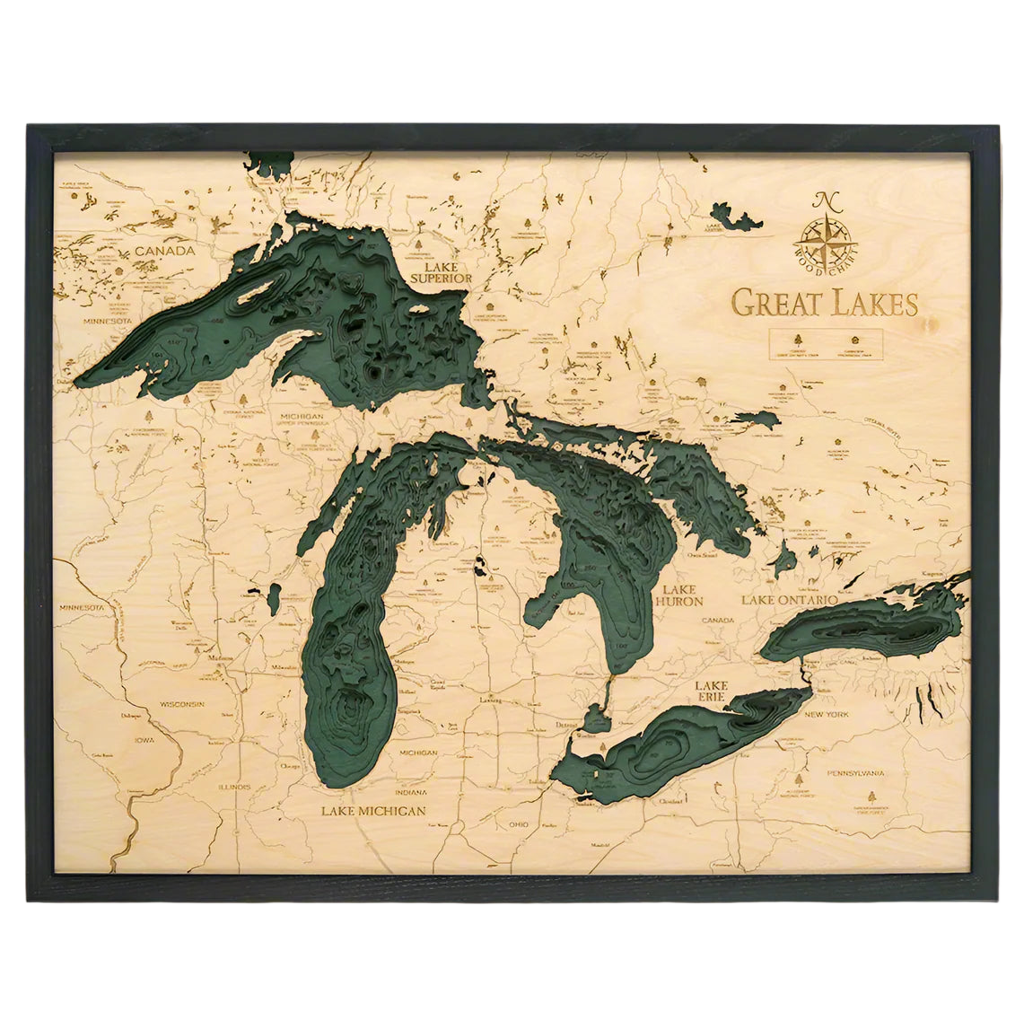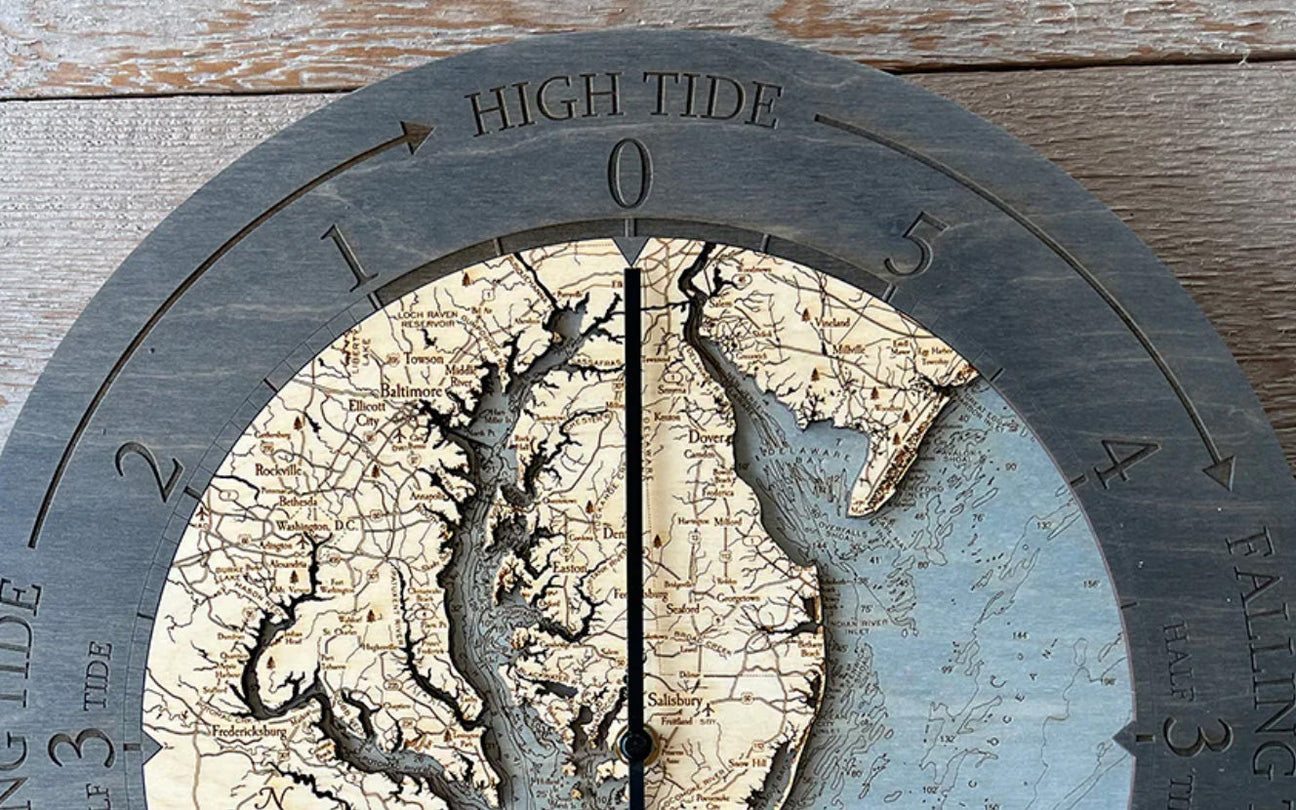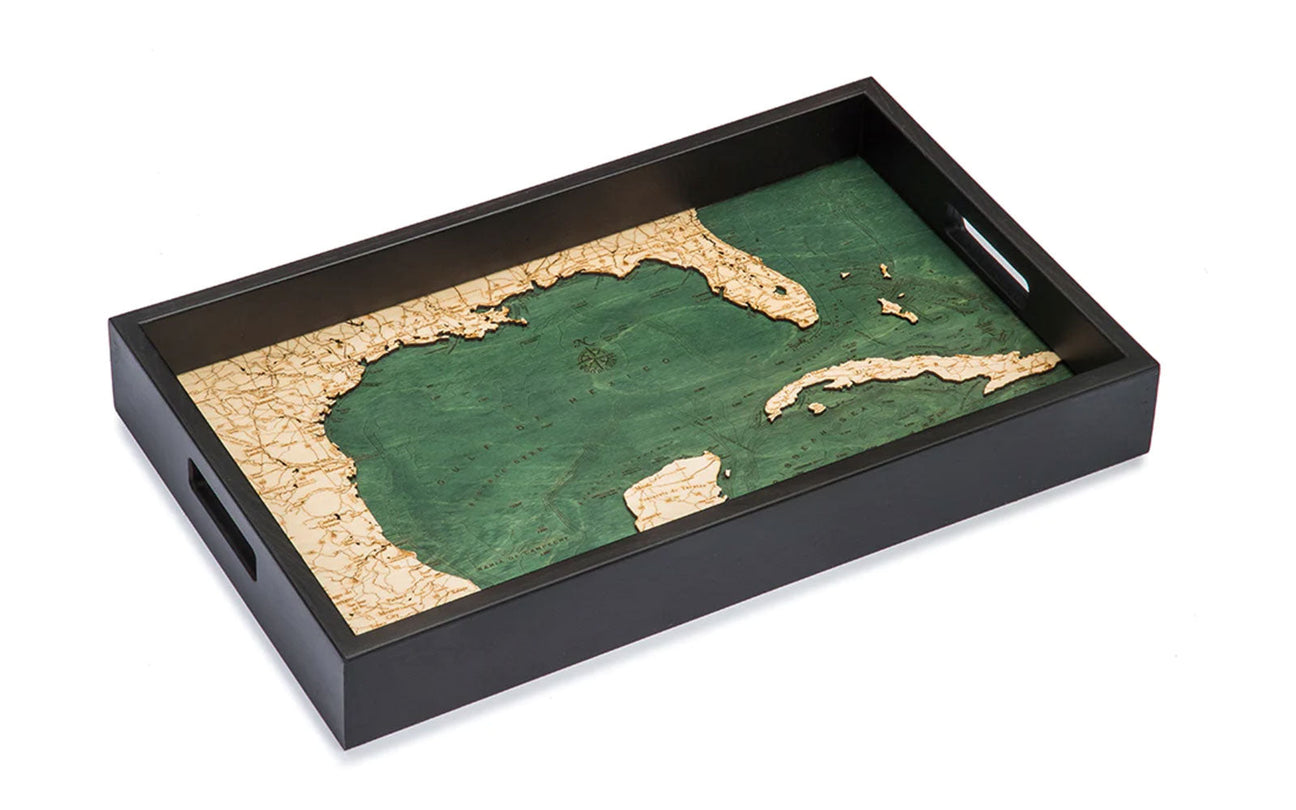We know you’re itching to get out and travel again, and who can blame you? Summer is here, and you’ve been cooped up too long. There are so many gorgeous sites to be seen and wonders to be discovered.
While the state of the world has made it a little challenging to keep up with the latest domestic and international travel guidelines, particularly when flying, our family at Wood Chart would love to share some of our favorite travel tips. We’ve also compiled helpful resources and guidelines to help ensure you have a memorable and safe trip.
Domestic Travel Tips

- Know the Latest Travel Guidelines for U.S. and U.S. Territories
- Security Checkpoints: Top Travel Tips Before Flying
- Consider Domestic Travel Insurance
- Travel Tips for Packing Like a Pro
International Travel Tips
- Make Preparations in Advance
- Enjoy Public Transportation
- Utilize Available Travel Safety Options
- Understand Customs and Imports Policies
- Register for the Global Entry Program
- Don’t Forget the Basics
Tips for Domestic Travel
If you're planning to travel within the U.S., you have several traveling options, from flights to R.V. road trips. These options include taking updated safety measures and restrictions into consideration. Familiarize yourself with the new and ongoing changes to help you select the best method of travel for you and your loved ones. It will also make for a much more enjoyable trip!
1. Know the Latest Travel Guidelines for U.S. and U.S. Territories

Traveling throughout the U.S. and U.S. territories can be done safely if you stay up to date and follow health recommendations and travel tips. As with any adventures outside the home, cancel plans if you have been exposed to COVID-19, feel symptoms of the virus, or are awaiting test results. When you are ready for travel, following these helpful travel tips can make your plans safe and pleasant:
CDC’s Covid-19 Travel Tips and Precautions
If you’re planning domestic travel, the CDC recommends delaying until you are fully vaccinated before hitting the road. Even when you are fully vaccinated, you can take precautions to help do your part to protect others. If you have not yet been vaccinated, extra precautions are recommended to help you travel safely.
Travel tips for Fully Vaccinated Travelers
Wear your mask correctly, covering both nose and mouth while traveling. This best practice should be followed inside various transportation hubs, including airports, train stations, and bus depots.
Although many outdoor areas no longer require masks, be conscious of social distancing requirements posted in locations such as waiting areas or on ferries.
Continue to wash and sanitize your hands often.
Check with each state’s requirements and traveling tips before traveling. Continue to stay up to date with guidelines, as they are updated often and may require you to modify some of your plans.
Travel Tips for Unvaccinated Travelers
Before You Travel

Schedule a rapid viral test 1-3 days before traveling to check for infection. While most states do not require a negative test result before entry, you can avoid the ten-day quarantine if you are traveling to states such as Hawaii.
While traveling
Wear your mask securely over your nose and mouth while traveling and while inside travel hubs.
Avoid crowded areas, when possible, even outside. Follow the six feet social distancing guideline with those outside your traveling group.
Practice frequent hand washing and sanitizing.
After Returning Home

The CDC recommends scheduling a rapid viral test three to five days after you return from your trip.
It is recommended that you self-quarantine for seven days after returning home. If your test is negative, remain self-quarantined for the entire week in case symptoms occur at a later time.
If you choose not to test, self-quarantine for the entire ten days to prevent the potential spread of the virus. Monitor yourself for symptoms during this time. Also, avoid contact with people who may be at higher risk for illness for fourteen days.
2. Security Checkpoints: Top Travel Tips Before Flying
Flying can be stressful, so preparing for your departure day in advance can help minimize the overwhelm. Here are some helpful travel tips shared by the TSA to help prepare you for the flight:
Gifts & Souvenirs
Traveling with gifts and souvenirs can be tricky when you’re trying to make it through security. TSA recommends a few travel tips to help make your screenings as easy as possible for everyone:
Save the gift wrapping for when you arrive at your destination. Your gift may require opening for further security investigation. If your gift contains a liquid, plan to pack it securely and check it in with your luggage. You won’t pass security if it’s over the 3.4 oz limit, so avoid the hassle and check it in.
This is why we love recommending gifting your loved ones a wood chart! You can avoid the extra bulk in your carry-on or using up space for bags of trinkets in your suitcase. Gifting a wood chart is a unique way to share your travels with loved ones.
Medication
TSA often receives questions concerning rules for traveling with prescriptions. Here are their top travel tips to help make preparation easier as you plan and pack:

Liquid medication is acceptable on flights and may exceed 3.4 oz if it’s deemed a reasonable quantity for your trip. Notify the screening officer that you are traveling with liquid medication. Be aware that liquid medications may undergo additional screening, including the opening of your bottles.
Solid and pill forms of medication may travel with you in unlimited quantities after screening.
TSA recommends traveling with medication in your carry-on for instant access, although you do have the option to check them in with your luggage.
Although TSA does not require medication to be kept in their original labeled prescription packaging, laws may vary from state to state.
You are entitled to request your medication be visually inspected rather than x-rayed.
Liquids
Liquids are limited and must meet specific requirements to pass screening. You are allowed one clear quart-sized zip lock bag per traveler. Each container may contain up to one ounce of liquid, gel, or cream. Typically, this will include your personal care toiletries.
Exceptions may include:

- breast milk
- baby formula
- juice
- prescribed and over the counter medication
Travel Outfits
Dressing comfortably always makes the plane ride more enjoyable. It can also help simplify the security screening process. Here are some travel tips for selecting your wardrobe for the big day if you don’t have to travel in business attire.
Travel Attire:
- Wear slip-on shoes for easy on and off access.
- You may keep your socks on, so slip into a cozy pair to avoid waiting on the harsh cold floor.
- It’s ok to leave your jewelry on for the screening process.
- Wear comfortable pants and forgo the belt. It’s one less item you’ll need to hassle with during the security checkpoint.
3. Consider Domestic Travel Insurance

Considering travel insurance is often an overlooked travel tip. Most travelers assume travel insurance is best used for international travel. Don’t pass on the domestic travel insurance just yet! There may be a few areas of coverage available that you weren’t aware of.
Even if you’re just taking a quick trip within the states, anything can happen. If you’ve invested a bit of money into your travel plans, it may be worth taking a closer look at insurance plans. While most travelers assume the insurance is excellent for unforeseen changes due to illness, coverages may include reimbursement for areas including:
Things Travel Insurance Can Help With:
- lost baggage
- theft
- rental car damages
- flight cancellations
- trip interruptions
Coverage due to interruptions to your travel may include various circumstances, like illness and injury while traveling. It can be helpful even weather-related circumstances affecting mobility and accommodations or when you're forced to end your travels early. Insurance plans can help take the additional stress off non-refundable and pre-paid travel plans when issues arise beyond your control.
Plans can vary, so make sure to review your options. Some will even offer extended coverages that allow you to cancel up to 48 hours in advance for any reason. If you feel you may need the flexibility this option allows, it can be a wise investment. Restrictions apply, so familiarize yourself with plans and options before choosing which one is right for your needs.
4. Travel Tips for Packing Like a Pro
Packing strategically may sound obvious, but how well do you think you pack for trips? Can you honestly say you have mastered the art of minimizing non-essentials, maximizing space, and organizing for easy access and fewer wrinkles?
Packing Travel Tips
Carry-On Essentials
If you’re easily bored or taking an exceptionally long flight, pack your carry-on accordingly. Many seasoned travelers have shared travel tips for packing their flight bag and recommend including:
- book

- tablet
- downloaded music, movies, or podcasts
- neck pillow
- prescription medication and meds for headaches or motion sickness
- chargers
- eye mask
- earplugs
- sanitizer
Items to Keep the Kids Busy:
- snacks
- coloring packs
- handheld games or devices
- favorite toy or blanket
- books
- music
Packing for Quick Trips

If you’re planning a short trip, you may wish to avoid the check-in luggage fees most airlines charge and load up your carry-ons. Simplifying your travel necessities can help eliminate items you don’t truly need, leaving more room for your essentials. Following these travel tips for quick adventures will help you stay organized and well-prepared.
Start with a Packing List
It’s so easy to get carried away packing for a trip. Creating a list of priorities is a great way to stay focused on what you need to fit in your limited carry-on space.
When you get to items you could do without but may want to take, ask yourself a few questions:
- Can you live without it for a couple of days?
- Can it be purchased where you’re going? Often, this is more cost-effective than baggage fees when traveling domestically.
- Is it something that may be supplied where you’re staying?
As you finish packing your essentials, you'll be able to include additional items from your list as room permits easily.
Know Your Carry-On Limitations

Check with your airline ahead of time to ensure your carry-on bags comply with regulations. If you’re switching airlines at any point, never assume their restrictions are the same. It’s a travel tip most forget but will help you avoid any surprises.
Try to check-in and arrive early, as overhead bin space is limited. The sooner you board, the more likely your roll-on has a chance to grab a spot.
Carry-On Fees
Yes, some airlines have implemented fees for carry-ons over the years. Our best travel tip for avoiding unwanted fees? Check with your airline, read the fine print, and compare your options.
Some airlines have a policy for free personal items while charging for carry-ons (and we’d like to add, this charge is more than if you check your luggage in). Weigh your options carefully if baggage fees are a factor during travel.
Use Space Saver Bags
If you’re determined to pack everything but the kitchen sink, you do have options! Space-saving bags have many fantastic uses, and one happens to be packing for trips.
This is one of our best travel tips. Whether you need an extensive wardrobe for a romantic getaway or plan to travel for an extended period of time, you’re in luck.
Space-saving bags allow you to pack to your heart’s desire. These air-tight bags from heaven free up a tremendous amount of space in your suitcase or overnight bags.
Remember, you're saving space, not off-loading weight, so be mindful of overweight baggage fees your airline may charge if you’re checking them in. If you’re planning to take smaller wood chart gifts to loved ones or bring back souvenirs, this is a helpful travel tip to consider.
Travel Tips for Packing for International Travel
There are many additional considerations to keep in mind when packing for your international travels. We highly recommend the following:
Do Your Research

Begin by making your usual travel packing list to ensure you have all your essentials. Then, do a bit of research on your destination.
You may need to invest in universal chargers or adapters.
Your favorite toiletries may not be available in areas you’ll be visiting, so plan ahead for packing extra contact solutions, sensitive skin soaps, medications, or other needs you may run into.
Familiarize yourself with the area in which you will be staying. Get a general idea of the lay of the land, so you have access to last-minute necessities.
Pack Your Carry-On for Luggage Mishaps
In the event your checked bags decide to visit a different location than expected, pack your carry-on accordingly. Make a list of essentials you would need to get you by, should your bags be delayed several days.
Squeeze in a few clothing options, extra shoes, pajamas, and your intimates—another excellent opportunity to use space-saving bags.
If you don’t already travel with your medication, contacts, or glasses in your carry-on, now is the perfect time to start. At the very least, always have a week’s worth with you for situations such as this.
If you are traveling with others in your family, consider sharing baggage space. By packing a few items of each member’s wardrobe in each suitcase, should one bag not make it on time, you’ll still have items with you.
General Packing Tips for All Travelers
We want to add a few of our own favorites that any traveler can benefit from:
Roll, Don’t Fold

Did you know rolling your clothes saves space? When you tightly roll your clothing, it frees up space and prevents more wrinkles than folding. You can also roll your socks and undies and tuck them into your shoes for extra space-saving.
Wash On the Go
No matter where you are staying, chances are, you’ll have options for washing your clothing. This may be at a laundry mat, hotel service, or a quick sink or tub wash and dry. If you’re low on space, pack your necessities and plan to wash and re-wear some of your items during your travels.
Choose a Multi-Purpose Wardrobe
One of our best travel tips is to mix and match the items you select for your trip. You’ll save space for other items by creating outfits with multi-purpose garments. Layer and mix and match, and don’t forget to select comfortable shoes that pair well with everything.
Tips for International Travel
Planning your international trip takes time, research, and investment. Ensure you are well-prepared by looking over our top travel tips for a smooth experience:
5. Make Preparations in Advance
There are a handful of crucial components to international travel that must be addressed before your departure. Allowing yourself plenty of time will help eliminate stress as your travel date approaches.
Valid Passport

Check your passport’s expiration date. Believe it or not, some countries have restrictions against allowing visitors in if their expiration date is closely approaching. Read up on your destination’s travel requirements to verify your passport is acceptable.
The general rule of thumb: six months remaining on your valid passport after your scheduled flight home. If you need to renew, give yourself plenty of time, especially during high-peak travel seasons.
Travel Consent for Minors
Minors traveling with one parent may be required to show written proof of travel consent from the non-traveling parent. Check the laws of each country you will be visiting to ensure you are prepared with the necessary documentation if requested. This may require notarized forms and a birth certificate or passport.
Make Document Copies
It's wise always to have copies of essential documents. When traveling, plan to keep a copy securely packed but separate from your originals. Keep a second copy at home or with a family member. Should you lose your originals, copies of your documents can help speed up the process of validation and replacement by supplying vital information.
Alert Banks and Credit Card Companies

Imagine embarking on your month-long European getaway and being told your card has been declined on day two. Yes, it happens, but it can be avoided. Before traveling, contact your card companies and bank to notify them of your travel dates.
While they have your best interests in mind, protection from fraudulent use may leave you stranded without the use of a card when you need it most. Letting them know of your travel plans and upcoming purchases will prevent your account from being flagged or locked for suspicious use.
This pertains to domestic travel as well, so do yourself a favor and make a few quick calls or jump online in advance.
Avoid Unnecessary Fees
While some international travelers exchange their money before departure, there can be hefty fees involved. We recommend waiting until you arrive at your destination and exchanging at the airport's kiosk.
You may also consider checking your credit card’s foreign transaction fee policy. Yes, they have them! If yours happens to have one, apply for a credit card that does not charge fees and spend the extra money on your trip!
International Cell Phone Plans
Don’t forget to check with your cell phone service provider to determine if international service is included with your current plan. If not, we strongly suggest adding on this option before you depart, or you could have an enormous bill around the corner.
You may also want to inquire about hot spot options if you will be working or utilizing a laptop while traveling. There may be plenty of locations near your area, or your phone plan may include or offer it as an add-on service.
The Language Barrier
If you don’t already speak the languages of the areas you plan to visit, don’t panic yet. If you have plenty of time before your departure, why not learn some common words and phrases to prepare?
Download assistive apps to help you translate. While you don't need to be fluent, they are undoubtedly helpful when reading menus, asking for directions or using public transportation.
6. Enjoy Public Transportation
Renting a car is certainly one way to take in the sites, but why not enjoy the view and let someone else do the driving? You’ll find many travel apps that assist you in finding public transportation options best suited for your destinations. We also recommend enlisting the help of your host or concierge.
If you forgo the taxi and rideshare options, enjoy a train ride, bus, or subway. Many public transportation options offer all-day passes at discounted rates. They also make a memorable souvenir! Step away from your norm and enjoy the ride!
7. Utilize Available Travel Safety Options
We highly recommend these precautionary travel tips. Planning your travels includes planning for the unlikely event of an emergency. Aside from leaving copies of your essential documents with a family member or in an accessible location at home, there are other steps you can take.

Your passport includes an area for emergency contact information. Take the time to fill this portion out and sign it.
Enroll in the U.S. Smart Traveler Program. The program is a free online service and provides essential information in the case of an emergency.
Travel Emergencies May Include:
- family emergencies requiring assistance getting in touch with you
- dangerous situations, updates, and instructions from the Embassy if a crisis -should arise in your area of travel the country’s travel advisory updates
8. Understand Customs and Imports Policies
Countries have various restrictions and policies regarding what travelers may bring in or take out of their country. You must familiarize yourself with these policies to avoid confiscation, fines, and in more severe instances, jail.
Common Restrictions:
- currency
- religious artifacts
- various precious metals
- precious and semi-precious stones
- animal skins
- ivory jewelry
- various antiques
- fresh produce
- untreated wood items
- undeclared electronic equipment
- some medications, even with a prescription
You will also encounter restrictions upon returning to the states. The U.S. Fish and Wildlife Services, along with other agencies, restricts items.
9. Register for the Global Entry Program

Whether you're coming or going, long lines at the airport are always one of the worst parts of traveling. Now, at over forty-two airports, low-risk travelers can enter the United States at significantly reduced wait times, saving you hours in lines.
After applying, you are added to the traveler’s database. Your forms are stored electronically for quick access when you check-in at a Global Entry kiosk.
From this point:
- provide your fingerprints
- show your passport
- fill out an electronic declaration card
- retrieve your ticket stating to report to an agent or on to baggage claim
Eligibility for the Global Entry Program includes:
- no customs, immigration, or agricultural relations violations
- no criminal convictions, criminal charges, or pending warrants
- no ongoing investigation where you are the subject
- admission into the United States under immigration regulation
10. Don’t Forget the Basics
Even the smallest detail can help get your trip started on the right foot. Keep these additional travel tips in mind for your next adventure:
Arrive Early!
We all hear it, read it, and say we are going to do it. Avoid the stress of parking, waiting in long lines, and sprinting to your last-minute gate change by arriving with plenty of time to spare. There’s nothing worse than starting off your relaxing vacation with a not-so-relaxing experience at the airport, train, or bus station.
I.D.s and Tickets
Have all necessary identification and travel documents in hand when you jump in line.
Check Your Luggage

Whenever possible, check your bags, but do so before your airline’s cut-off time. You’ll avoid the burden of extra security screening, lighten your load, and help alleviate the lack of carry-on space.
Apps for Flight Info
You have the power to stay up to date with all your flight information in the palm of your hand. Download your airline’s app to take advantage of perks, including:
Airline App Perks:
- checking in, including automatic 24-hour check-in (thanks Delta)
- onboard entertainment
- flight information, including gate numbers, delays, and travel time
Be Aware of Time Zones
Whether you're traveling domestically or internationally, knowing your time zones is more of a travel must than a travel tip. Keep track of the time zones you fly in and out of so you are sure to stay on top of connecting flights, transportation, or scheduled appointments you can’t afford to miss!
Wood Charts: The Best Travel Memorabilia
Commemorating your travels doesn’t have to end with just precious photographs and traveling ticket stubs. Wood charts are a unique way to relive your adventures through a magnificent form of art. Whether in an office or home, any space can become home to an incredible decorative piece.
What is a Wood Chart?
A wood chart is a specialized, hand-crafted wooden map depicting the intricate details of both land and water. Every 3-D wood chart offers impeccable craftsmanship that any traveler or gift receiver will appreciate.
Wood Chart Styles:
Why Choose a Wood Chart?
Imagine glancing up at your Cuba 3-D Nautical Wood chart each day, perfectly displayed on the wall. Memories of your coastal getaway will be uniquely captured for all your guests to ask about.
While photos around the house will always bring a smile to your face, the gorgeous map will bring back the aromas of Cuban cuisine, the vibrancy of the streets, and the romance of old-world architecture. Each intricately carved point of interest will whisk you away to the time you spent there.
Gifting a Wood Chart
Trinkets from your travels are always a wonderful way to share a piece of your experience with loved ones. Yet, there’s nothing that can quite beat the gift of a wood chart to help them step into your shoes and take a glimpse of the magical journey you experienced.
If your adventures take you on a domestic trip to the Grand Canyon, share the love with a 3-D Nautical Wood chart. When words can’t quite describe the beauty of the Grand Canyon, a stunning hand-carved topography wood chart is the next best thing. Made of birch and laser cut to perfection, this work of art is a gift your loved one will never forget.
Wherever your travels may take you, we hope you’ll find these travel tips and resources helpful.














